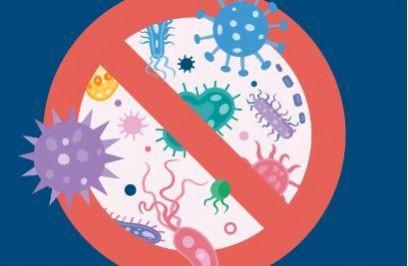
The struggle for essential nutrients, particularly iron (Fe), between bacteria and their hosts is a critical aspect of the host-pathogen interface. This battle, known as nutritional immunity, is intensified due to the fact that both bacterial pathogens and their hosts require these trace metals for survival. Host tissues create an Fe-restricted environment for bacterial pathogens. Most intracellular Fe is incorporated into metalloproteins or stored with ferritin, thereby protecting the host from Fe toxicity while restricting access to invading bacteria.
The majority of extracellular Fe is stored in the tetrapyrrole cofactor haem, which is complexed to haemoglobin in circulating erythrocytes and is responsible for oxygen binding. If haemoglobin or haem is released from erythrocytes, it is rapidly bound by host haemoproteins, haptoglobin or haemopexin (HPX), further preventing Fe use by pathogens.
Bacteria acquire non-haem Fe through the secretion of diverse low molecular-weight Fe-binding molecules called siderophores. These molecules bind the ferric form (Fe3+) with remarkably high affinity, often surpassing the affinity of host Fe-binding proteins including transferrin and LTF. The production and utilization of siderophores give bacteria a competitive advantage in gaining Fe necessary for growth, while simultaneously impacting the host's ability to scavenge Fe for immune cells to generate reactive oxygen species (ROS).

In addition to Fe, other trace metals such as zinc (Zn), copper (Cu), and manganese (Mn) are also crucial for both host and pathogen. Zn is generally important in hosts for growth and immune development as well as in pathogen killing. Zn deficiency is associated with increased susceptibility to L. monocytogenes, pneumococcal pneumonia, and infection by enteroaggregative E. coli. Reduced levels of Cu are associated with neutropenia and, therefore, increase infectious disease risks by pathogens such as S. enterica and Mannheimia haemolytica in animal models.
In the face of these challenges, researchers are exploring novel strategies to combat bacterial infections. One promising approach is the use of metal complexes as antimicrobial agents. These compounds have unique properties that can be manipulated in ways similar to those used in conventional drug development. For example, they can directly bind to and recruit numerous host components, including plasmin(ogen) and fibrinogen, to the bacterial surface, thereby conferring resistance against innate and adaptive immune responses.

















